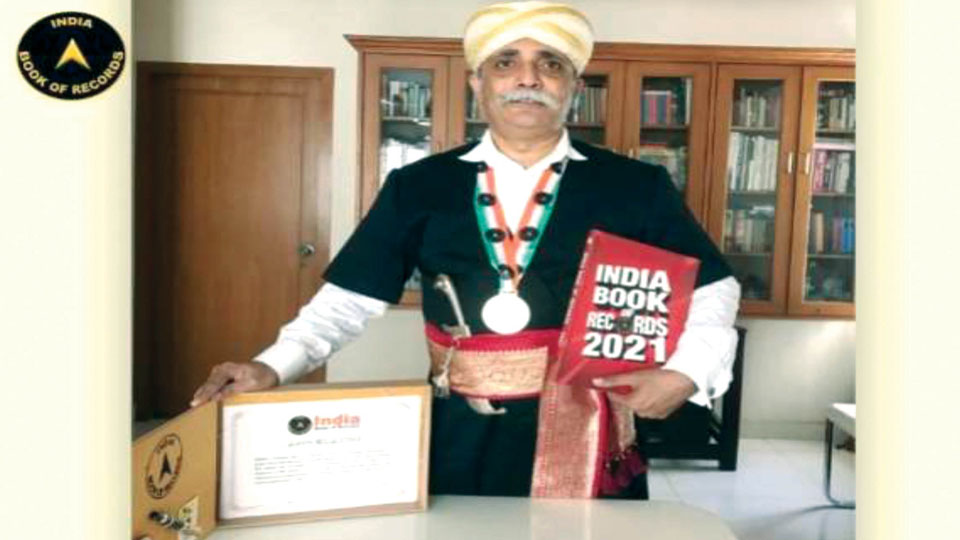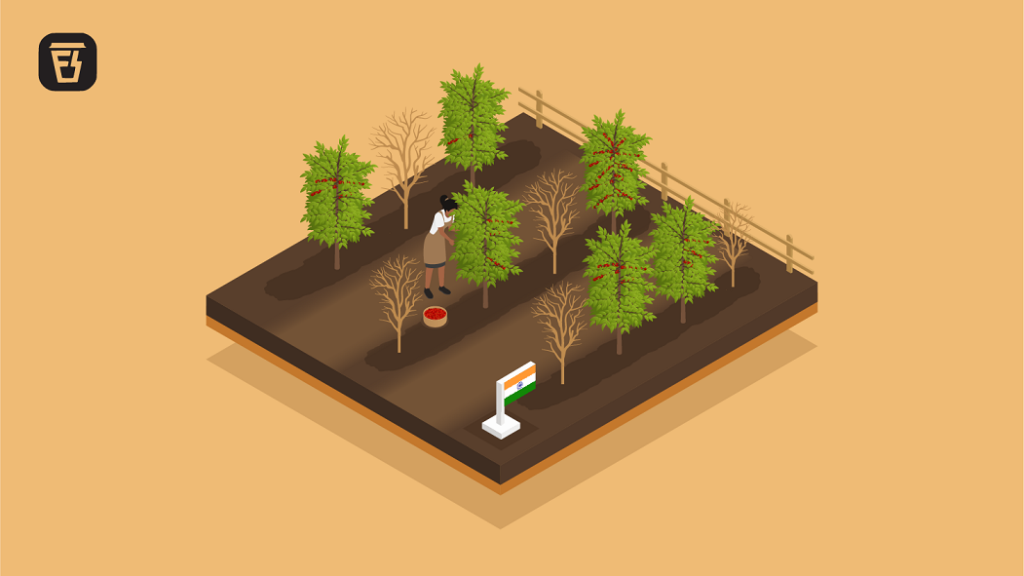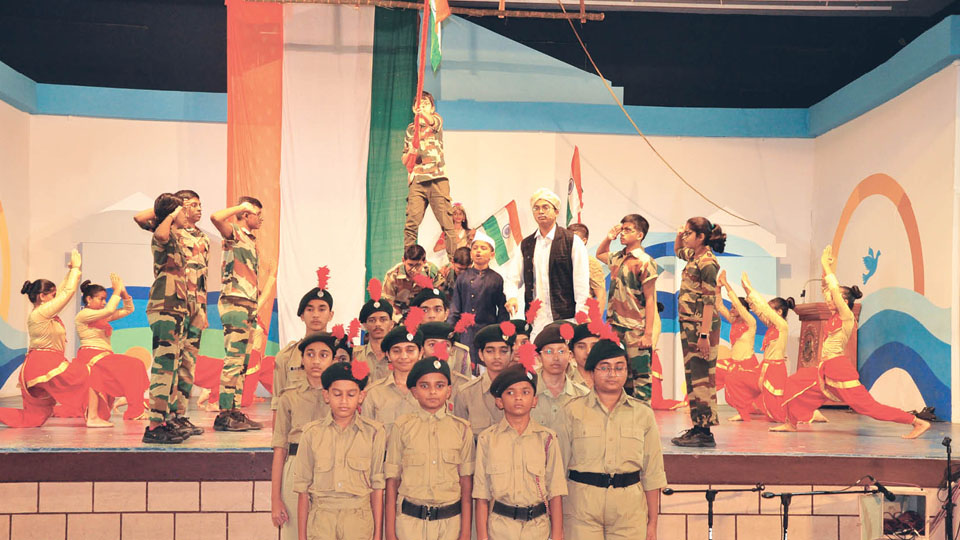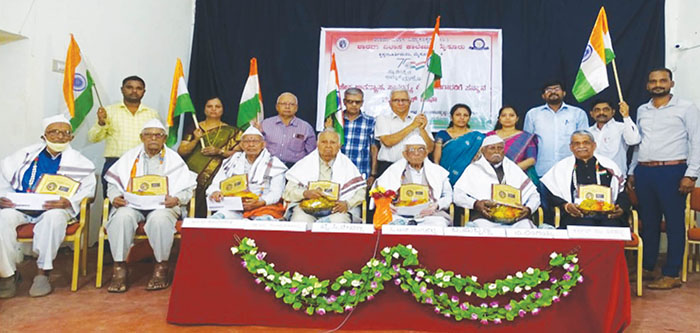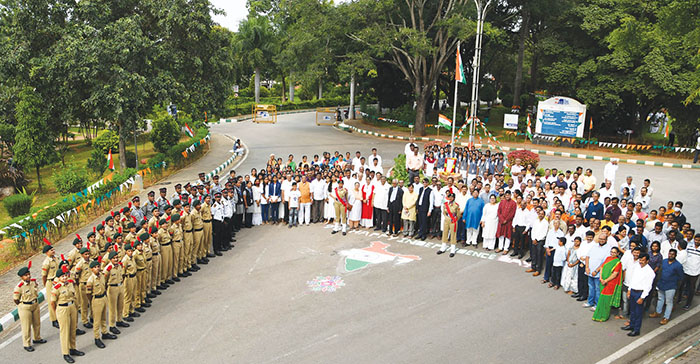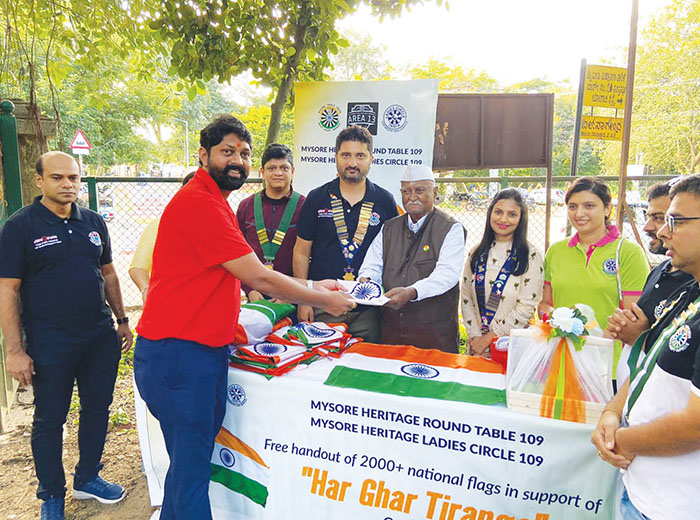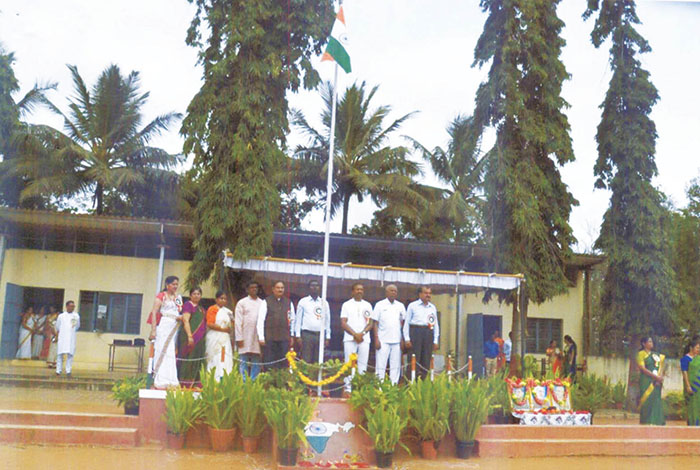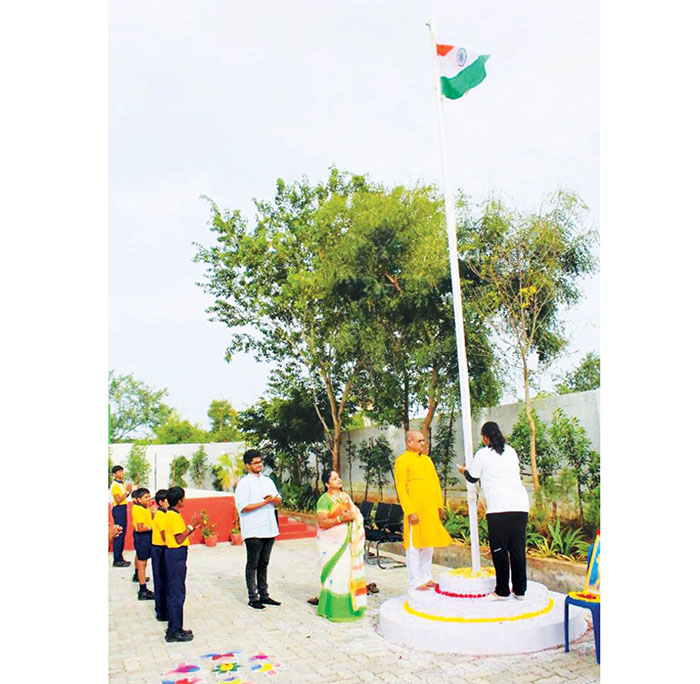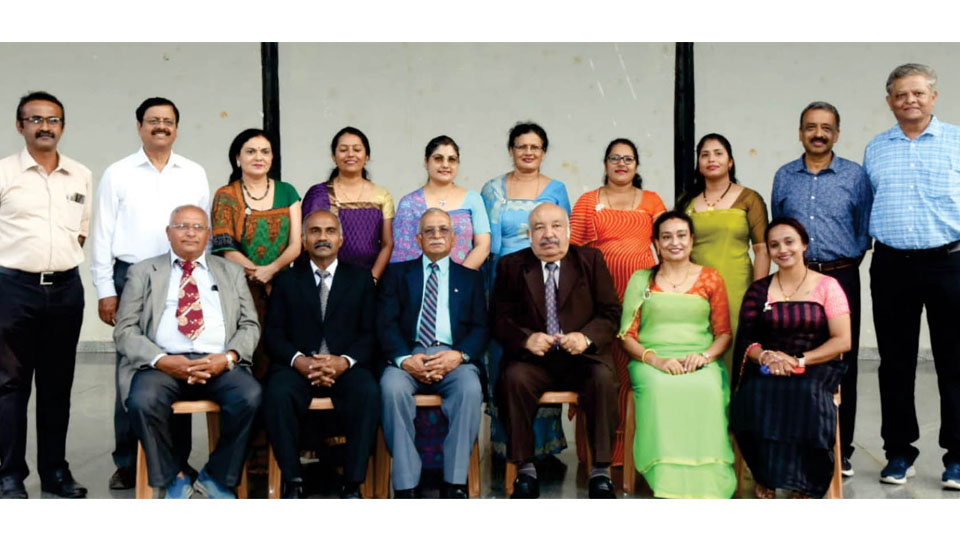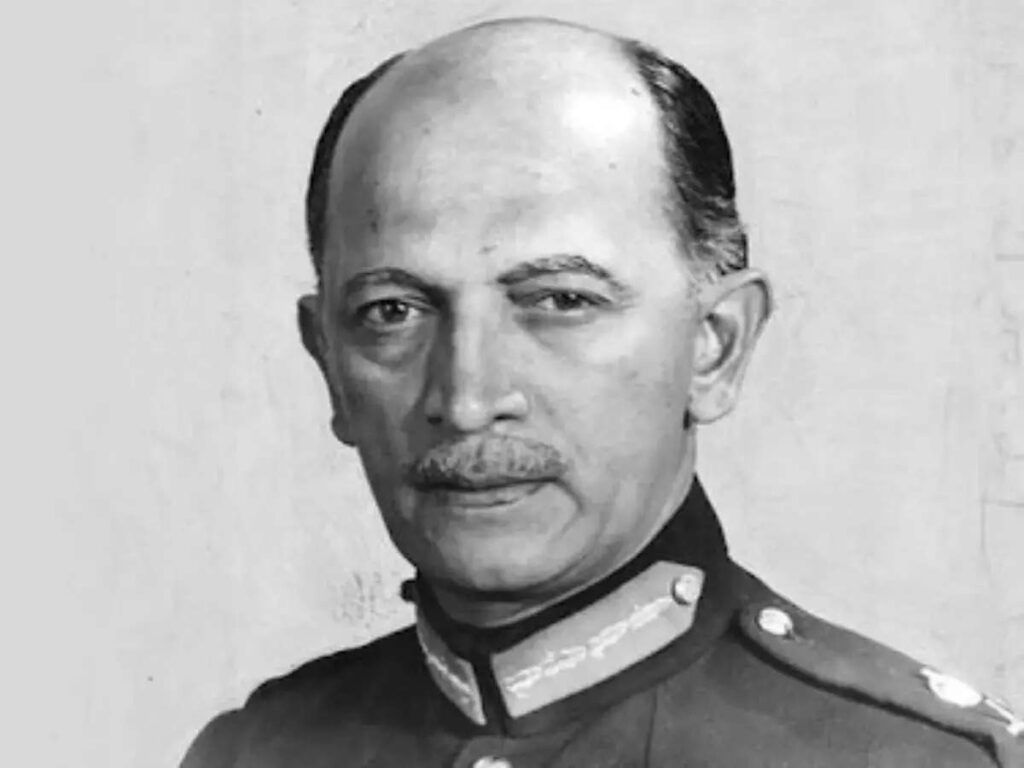HIGHLIGHTS
Kodagu, a tiny district of state with unique culture is yet to get railway connectivity. Thanks to elected representatives and government.
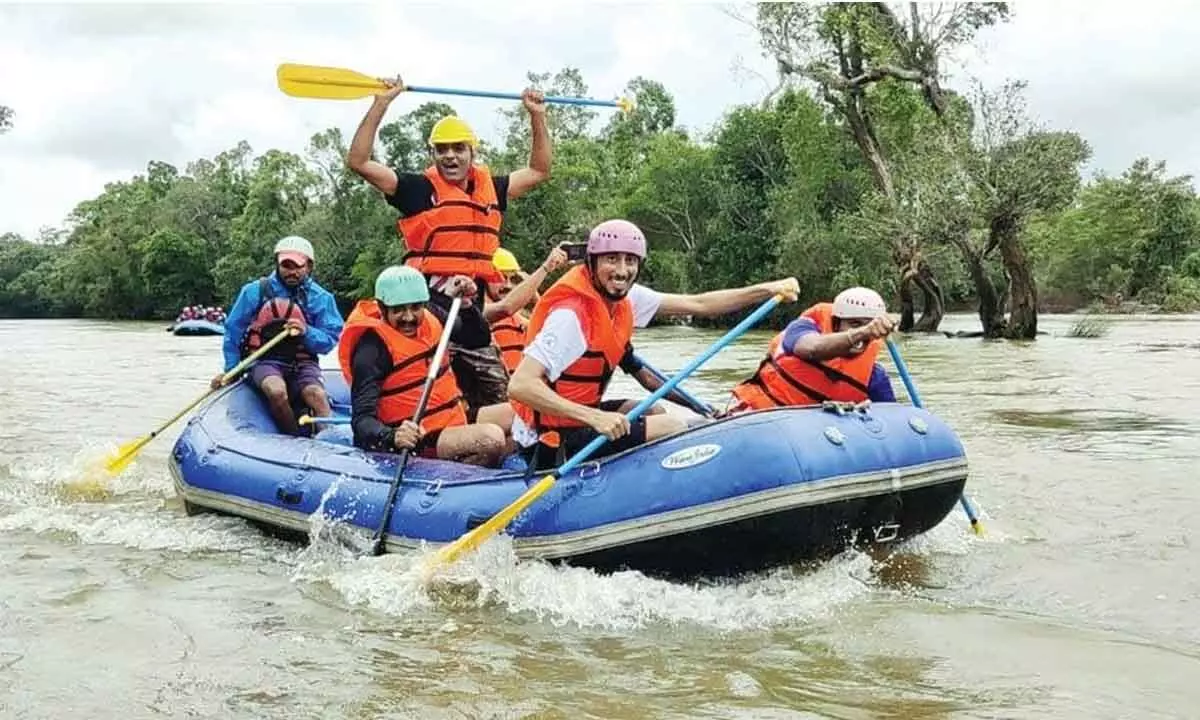
Madikeri:
Kodagu, a tiny district of state with unique culture is yet to get railway connectivity. Thanks to elected representatives and government. Kodagu situated amid western ghats is only district in south India deprived of railway connectivity. The cry for railway connectivity have decades of history.
It was K H Muniyappa, the then state minister for railways in the year 2011 budget announced railway connectivity to Kodagu. In the year 2012 the railway department launched the first stage of the preliminary survey works on the route at Mysuru -Kushalnagar line of 87.5 kilometres. The department completed preliminary engineering-cum-traffic survey between Mysore-Kushalnagar in four months and the project cost was estimated at Rs 651.4 crores. But even after a decade the work was not taken up. After the survey higher railway officers opined that it is economically not viable owing to less passenger traffic in the route. Amid this environmentalists objected to the project saying forest would be destroyed , thousands of trees would cut to install railway track
It was in the year 2014 Lok Sabha elections the Mysore Kodagu MP Pratap Simha in a TV debate announced that he would bring train to district before 2019 and would not contest 2019 polls if work is not done. But Pratap Simha failed to keep up his promise and even got elected in 2019 election again by promising that union government sanctioned the project. Till today the project is lying on paper and no progress was seen. The construction wing of South Western Railway (SWR) awarded tender for final location survey (FLS) in the year 2020 to Hyderabad-based company called Mata Constructions and Builders Limited to conduct the survey but the company abandoned the work and left. Again the work was awarded to Hyderabad-based Aerial Construction (P) limited but this bidder also left without conducting survey.
In July last, the SWR construction division awarded the tender for FLS to Bangalore-based Sipra infrastructure development Private limited for Rs 1.65 crores. The period for completion of work is six months , but the company is yet to begin work through drone cameras.
Speaking to this reporter on Friday SWR Mysore division senior engineer said that the company officials would start the work within a week as rains hindered the work. After completion of FLS we could know the exact amount of the project , number of bridges and number of railway stations to be constructed and other infrastructure works.
He said now as per railway estimation the project cost went up to 1852.5 crores and exact amount could be known only after FLS. He said in this final survey we could identify the exact land to be required for project with survey numbers.
He said though it is called railway link to Kushalnagar it does not enter Kushalnagar, a border town of Kodagu. The railway line comes up to Koppa village in Periyapatna taluk , just two km from Kushalnagar.
According to proposal the railway project would come up with union and state government investments at 50 per cent each. The state government should provide land for the project at its cost. After the FLS the railway authorities would submit the Railway board. After approval of the board the union government would allocate funds in budget for implementation of project. In the year 2018 itself the vernacular dailies published Mysuru-Kushalnagara new railway line under the caption what Karnataka gets in railway budget , but the project is still on cards. The industrialists, people opines that this is much needed project for overall development of district. The tiny district Kodagu accounts more than 30 per cent share in annual coffee production of the country with production of 1.2 lakh tones of the total 3.6 lakh tones. Nearly 70 per cent coffee is being exported . The railway connectivity would save lakhs of rupees expensive road transport to ports. The railway line would reduce traffic drastically in Madikeri –Bangalore national highway as more than 300 buses were plying in this route at present.
When contacted Kushalnagar based SLN coffee curing and exporters (P) Limited managing partner S L Sathappan said that most of the coffee produced in Kodagu is being exported through Cochin, Mangalore and Chennai ports in trucks. If railway comes to Kushalnagar we could ship directly through containers as majority of coffee curing works are situated here. He said more than 50 per cent of transport cost can be saved which finally beneficial to growers.
Speaking to this paper Kodagu tourism department officer H B Raghavendra said that day by day the number of tourists visiting Kodagu is swelling. Approximately 20 lakh tourists visiting the district which is also called as Kashmir of South. Of this at least 10-25 per cent coming from other states . The railway connectivity helpful to attract tourists from faraway places.
An ex- serviceman B P Kuttappa from Somwarpet told this paper that the district has at least 10 thousand personnel working in defence forces in various locations of the country. Railway connectivity would help them much and even shifted aged patients to Mysore , Bangalore hospitals for treatment and save taxi fares.
When contacted MP Pratap Simha said that the project was delayed after railway officers submitted a report that it is economically not viable and for obtaining environment clearances. Again two companies abandoned work of FLS caused delay. But now everything is cleared and work of FLS would resume soon. He said the union government even included the project in pink book and allocated Rs 1,000 crores in 2022-23 union budget itself. He said he is getting in touch with railway officers and closely watching the development and reiterated that district would get railway connectivity. But people of district feels that lack of will power of elected representatives and politicians have caused delay of the project.
source: http://www.thehansindia.com / The Hans India / Home> News> State> Karnataka / by Coovercolly Indresh / Hans News Service / August 27th, 2022
